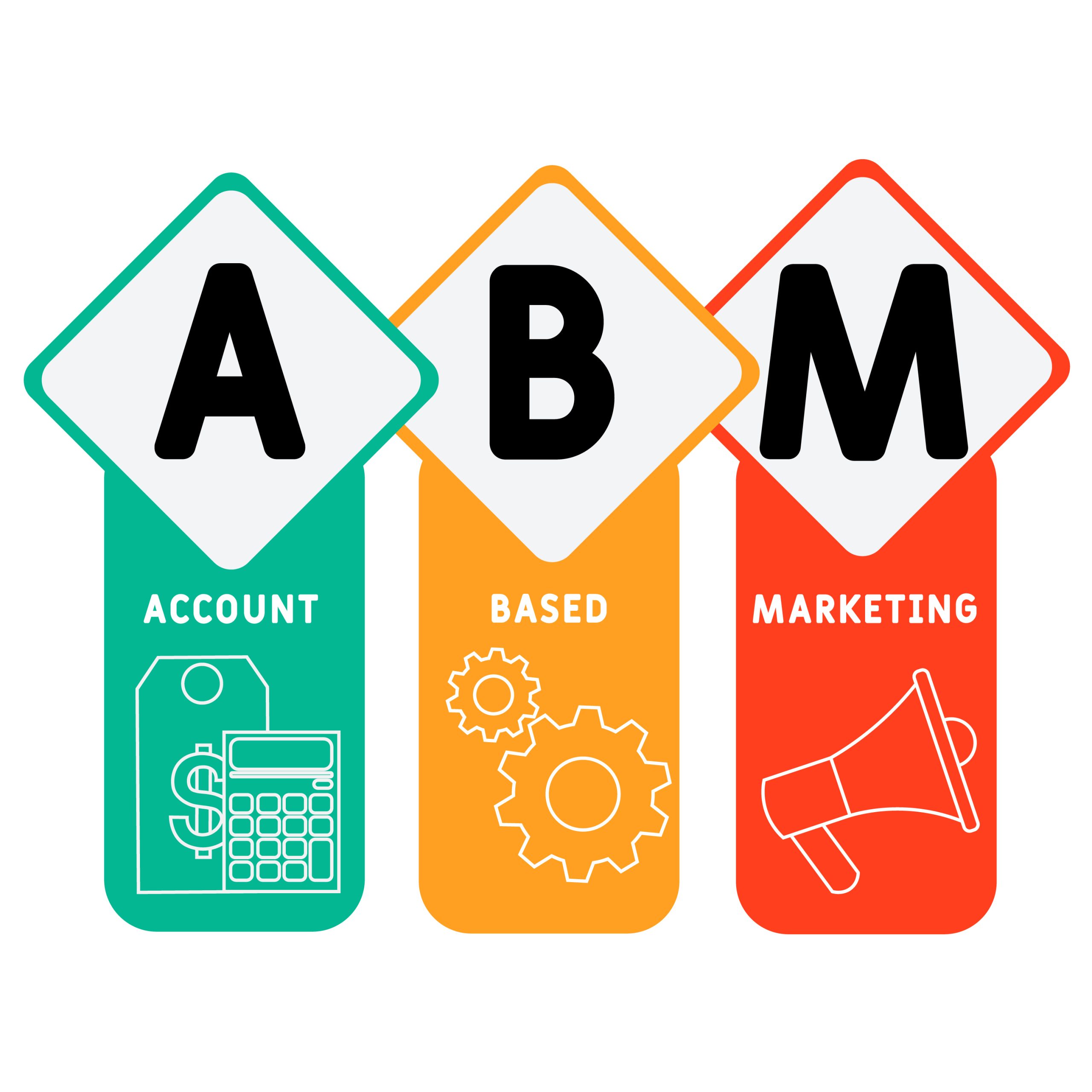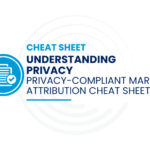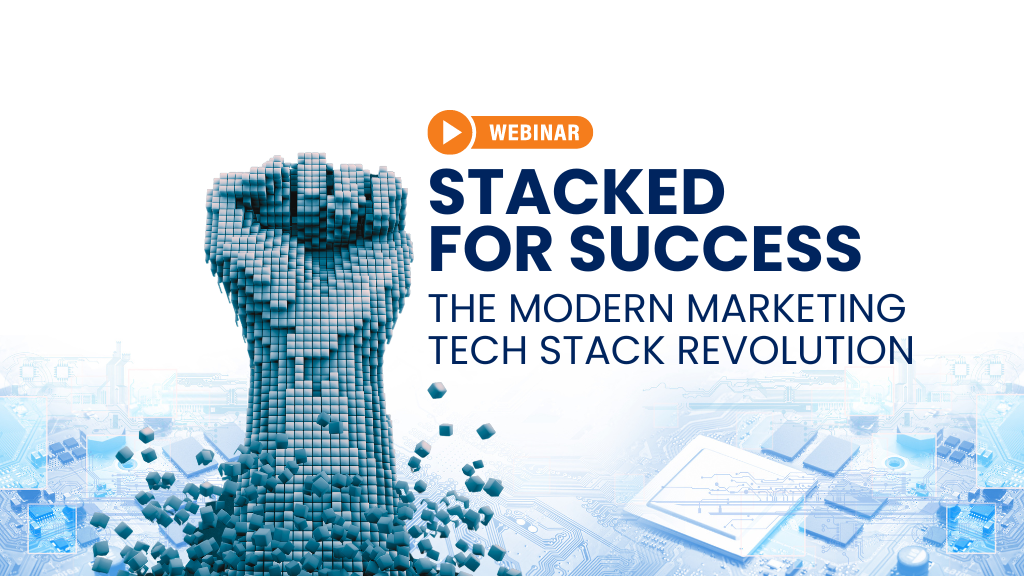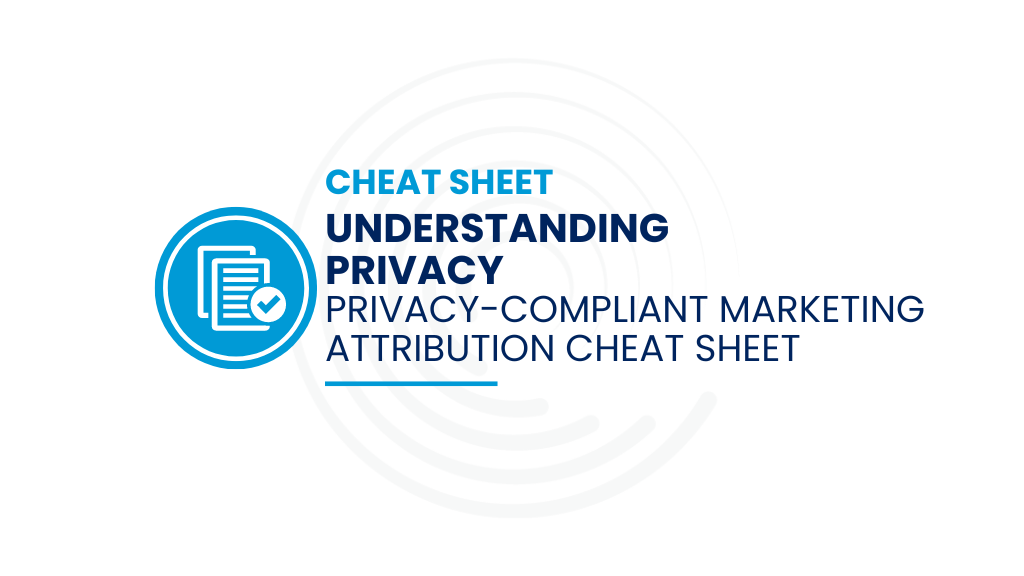Funnels are essential for helping marketers understand how efficiently their marketing and sales operation is functioning. They provide incredibly valuable insights into how combined efforts drive sales. Funnel metrics include volume, velocity, and conversion rates. Volume describes the number of leads in the funnel, velocity indicates how much time leads spend at each funnel stage, and conversion rates tell you the percentage of leads that proceed from each stage to the next one.
Funnel Metrics from Full Circle Insights provides full visibility into the marketing and sales funnel, and B2B marketers who use it are able to align their activities more closely with sales around CRM data and significantly improve process efficiency. Many B2B marketers have successfully used funnel metrics to improve the performance of campaigns when targeting individuals as prospective customers.
Funnel metrics can also help B2B marketers who use an account-based marketing strategy. Let’s take a closer look at how each metric can function to support an individual vs. ABM strategy.
1. Volume: This metric tells you whether marketing is producing sufficient leads to reach business objectives. For campaigns that target individual prospects, the volume metric provides insight into crucial data, like the production of marketing, qualified leads (MQLs). You can use this information to calculate whether the current volume is on track to reach goals, or if your marketing team needs to increase efforts to produce more leads.
For marketers using an ABM strategy, the volume metric describes activation, providing insight into the number of target accounts that are actively engaging with campaigns via activities like website content downloads. With 75% of marketers saying most engagement occurs in the middle or end-stage of the marketing funnel, marketers need opportunities to locate where they’re maximizing volume with ABM. Is volume trending up or down? With Full Circle Insights, marketers can click through to understand the factors driving the trend.
2. Velocity: Data on lead velocity, which is how long it takes a response to turn into closed/won business, provides crucial insight on the length of the sales cycle and the implications for marketing’s strategy. It lets you know when responses can be expected to drive revenue (Six weeks? Six months?). Full Circle Insights’ velocity reports can also indicate whether certain campaigns, channels, or content can accelerate velocity and decrease the time to revenue.
Marketers who use an ABM strategy get insight into activation velocity, i.e., how long it takes to activate members of a targeted account, which helps them understand the length of the sales cycle and the impact of outreach. ABM marketers can set up buying groups in the CRM, designating titles and engagement thresholds, and generate custom reports using Full Circle Insights.
3. Conversion rates: This metric gives you insight into the rate at which leads move from one stage to another. Stages can include MQLs, sales accepted leads (SALs), sales qualified leads (SQLs), and closed deals. For marketers focusing on individual prospects, conversion rate data shows when opportunities are created and become part of the pipeline.
Conversion metrics also provide insight into sales development rep performance, e.g., indicating meeting quality. On average, the landing page conversion rate is 2.35%, with many marketers achieving significantly higher or even significantly lower. With Full Circle Insights, marketers can click through to reports to understand conversion trends. Marketers engaged in an ABM strategy can look at the percentage of accounts that are activated as expressed in conversion rates, comparing the actual rate to the rate needed to reach business goals, get trend insights and compare results to the sales cycle and work to increase conversions.
Funnel metrics are essential to achieve marketing efficiency. By watching trends and studying the underlying factors that are driving them, you can work with your sales colleagues to continuously improve process efficiency and sales performance. The data is critical for both individual and account-based marketing programs.
Many marketing operations teams are rolling out ABM strategies now, so the metrics are new, making funnel data even more essential. If you’re launching new ABM tactics, 2022 is an ideal time to set ABM targets as a baseline. This will enable you to refine your targets in 2023 to ensure ABM strategy success.
Save this eBook for later.
Learn how to measure and engage key accounts, and identify top intent providers to enhance your ABM strategy.







